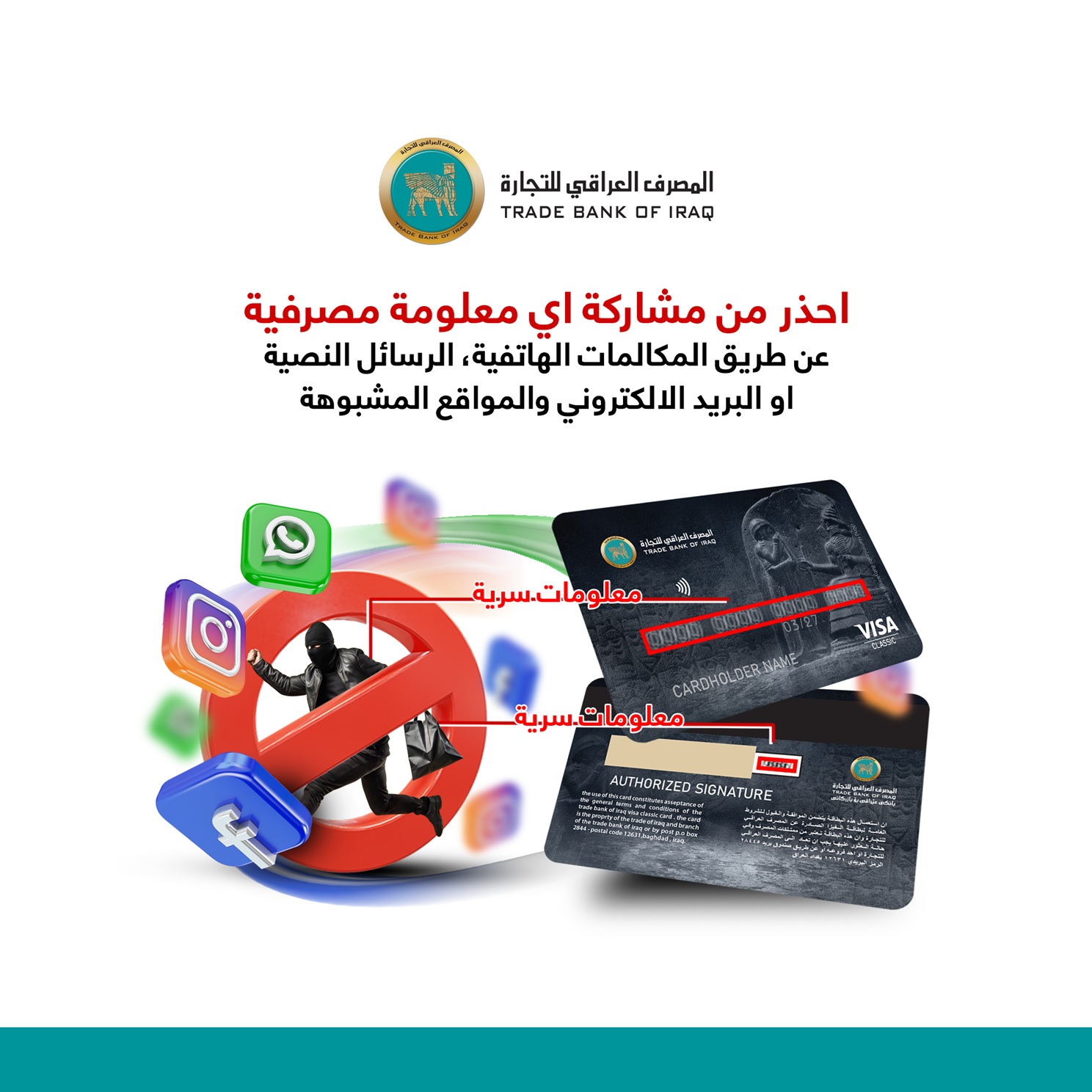Do not share any banking information through phone calls, text messages, emails, or suspicious websites

Do not share any banking information through phone calls, text messages, emails, or suspicious websites.
As the travel season approaches, we urge you to stay alert and beware of financial fraud schemes. Please visit our website for more details and guidance on how to avoid becoming a victim.
Warning: Summer Travel Scams & Fake Charity Fraud
As the travel season approaches, it’s important to raise awareness about the increasing risk of financial scams. Scammers take advantage of the busy season, when people travel more and spend more on goods and services.
What Scammers Aim For
With the expected rise in both online and in-store shopping, scammers are actively seeking to steal cardholder information and money. Their main goals include:
- Account Takeover
Scammers take over accounts by tricking victims into sharing sensitive information—such as One-Time Passwords (OTP)—which allows them to bypass security checks. Through phishing messages or social engineering tactics, they deceive users into revealing card details or verification codes, enabling unauthorized purchases or cash withdrawals from compromised accounts.
- Stealing Data
Scammers steal data through fake websites designed to look like trusted companies, phishing messages containing malicious links, or malware that infects devices and extracts personal information. This leads to the loss of sensitive data and increases the risk of further fraud against the victim.
- Stealing Money
Scammers use stolen data or compromised accounts to illegally access money. This may involve purchasing goods for resale using stolen payment information, directly withdrawing funds from compromised accounts, or creating fake online stores to trick victims and steal their money. These tactics can lead to significant financial losses from unauthorized transactions.
We also want to highlight the growing threat of fake charities and fraudulent donation campaigns designed to deceive individuals and drain their finances. The number of charity scams tends to increase during holiday seasons compared to regular months. For this reason, we strongly encourage our customers to carefully verify any organization before making a donation.
Common Types of Donation Scams:
- Fake Charities: Scammers create websites and social media pages that closely resemble legitimate nonprofit organizations. They request donations through digital wallets or money transfer apps, and often use fake certificates or false reviews to gain victims’ trust.
- Fake Donation Campaigns: Scammers exploit donation platforms by posting emotional, made-up stories to collect money based on false claims.
How to Protect Yourself from Fraud
- Verify the legitimacy of charities: Use trusted websites like the IRS Tax Exempt Organization Search | Internal Revenue Service or Search the charity register – GOV.UK to confirm the organization’s credibility.
- Be cautious when donating online:
- Avoid unverified links or making donations through unofficial channels.
- Always check that the website address (URL) begins with HTTPS and belongs to the official organization.
- Don’t rush into donating:
- Be wary of urgent appeals or high-pressure requests.
- Take time to verify the story or cause before giving any money.
- Stay alert and make sure your donations reach legitimate causes. Avoid falling into the traps of fake charities.
Be Alert to Suspicious Emails, Text Messages, and Phone Calls
- Do not click on links in emails or text messages from unknown or suspicious sources.
- Enable Multi-Factor Authentication (MFA) on all accounts that require login to add an extra layer of protection.
- Avoid clicking on unsolicited links and always be cautious when visiting unfamiliar URLs.
- Look for the “s” – When making online payments, check that the website URL starts with https://. The “s” indicates a secure connection. Also, make sure the website name is free of spelling errors or strange characters.
- Only use legitimate booking platforms or trusted travel accommodation websites when making reservations.
- Never share your One-Time Password (OTP) with unknown callers, or through email or text messages. Avoid installing remote access software unless requested by a trusted support provider.
- Sign up for purchase alerts with your card issuer. These alerts are customizable and can be received via email or text message to confirm legitimate purchases or flag suspicious activity.
- Be cautious when posting on social media. Sharing sensitive personal information may help scammers answer your security questions or craft targeted phishing messages.
What to Do If You Suspect a Scam:
- If you suspect a scam, pause and speak with someone you trust about the situation. Check the organization’s official website for advice before taking any action based on the request.
- Contact your bank directly using the phone number on the back of your card or the official contact information listed on the bank’s website. Avoid following instructions from unsolicited emails, calls, or text messages.
- Change your login credentials, passwords, and PIN codes. Make sure your new information is strong, unique.
- Review your other accounts and check for any unusual activity—especially those that share similar usernames or passwords. Update the login details for those accounts as a precaution.
- Keep documentation. Record names, dates, and reference numbers. Also, save copies of any relevant evidence—it may be helpful in resolving the account issue and recovering lost funds.